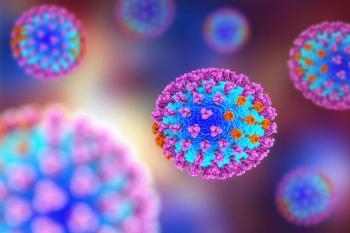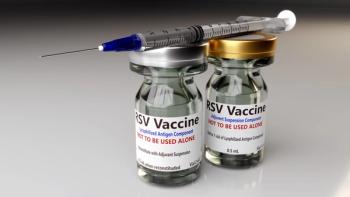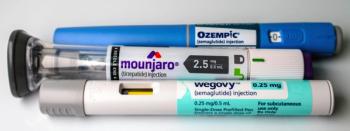
Periodontal Status Not Affected by HIV Infection
There were no significant differences found between people with and without HIV when it came to their periodontal profile.
The periodontal profile of people living with
Immunosuppression is a big factor of HIV, with combination antiretroviral therapy (cART) a primary way to make sure HIV does not lead to AIDS.2 With the prolonged lifespan of people living with HIV (PLHIV), complications of the virus manifest in different patients. Oral structures can be affected by the immune dysfunction brought on by HIV. PLHIV can have different variables that affect their periodontal condition when compared with other people without HIV. This review was aimed at determining what periodontal conditions, if any, exist between PLHIV and people without HIV.
Studies were collected through a search of PubMed, Web of Science, Scopus, Embase, Latin American and Caribbean Health Sciences Literature, and Dentistry & Oral Sciences Source. Google Scholar was also used to collect grey literature.1 The last search for studies was conducted in July 2023 and there were no language or publish date restrictions. Studies were included if they were observational clinic studies that focused on human patients and compared at least 1 periodontal parameter between PLHIV and people without HIV. Studies were excluded if they did not include a cohort of people without HIV, if the study was performed on animals, or if the study included patients who were children, pregnant, or had diabetes. All studies were assessed for quality.
There were 23 articles that were included in this study, of which 21 were cross sectional. The studies were conducted in Brazil (7), the US (5), the United Kingdom (3), South Africa, Croatia, Tanzania, Senegal, Venezuela, Colombia, Sweden, and Thailand. There were 3 studies published before 1996 and the rest were posted after. There were more women with HIV than men across all studies (1649 vs 1094). A total of 61.9% of the studies were classified as being of “moderate” quality. Periodontal parameters included were probing pocket depth (PPD), clinical attachment level (CAL), bleeding on probing (BOP), plaque index (PI), gingival index (GI), and periodontal status.
There were 18 studies that included PPD, of which 6 found that PLHIV had higher PPD, 5 found that people without HIV had higher PPD, and 7 found no significant difference. The quantitative analysis found that there were no differences between the PPD measures in patients both with and without HIV (mean difference, –0.16; 95% CI, –0.47 to 0.15). Studies found a similar percentage of BOP in patients with and without HIV (mean difference, –2.20; 95% CI, –7.99 to 3.58). The mean difference between patients with and without HIV for CAL was not significant (mean difference, –0.17; 95% CI, –0.64 to 0.31). Lastly, the quantitative analysis of PI found similar percentages (mean difference, –3.71; 95% CI, –11.40 to 3.98). Overall, periodontitis was reported in 497 participants, of which 296 were infected with HIV and 201 who were not.
There were some limitations to this study. The estimation of prevalence of periodontitis is not feasible and therefore the study focused solely on assessing parameters. There were different parameters and criteria to determine periodontitis as well as the effect of cART on periodontal status. Future studies are needed to determine the relationship between cART and periodontal status.
The researchers concluded that patients with and without HIV had similar periodontal parameters, which indicates likely similar periodontal status between the 2 groups. Standardized methods of measurement and presentation should be used in further studies on the topic to validate these findings.
References
- Teixeira LR, Peña Ramos DE, Rodrigues de Castro L, et al. HIV-infected individuals do not present significant differences regarding periodontal status: a systematic review and meta-analysis. Int J Dent. Published online August 26, 2024. doi:10.1155/2024/5559610
- Cai CW, Sereti I. Residual immune dysfunction under antiretroviral therapy. Semin Immunol. 2021;51:101471. doi:10.1016/j.smim.2021.101471
Newsletter
Stay ahead of policy, cost, and value—subscribe to AJMC for expert insights at the intersection of clinical care and health economics.














































